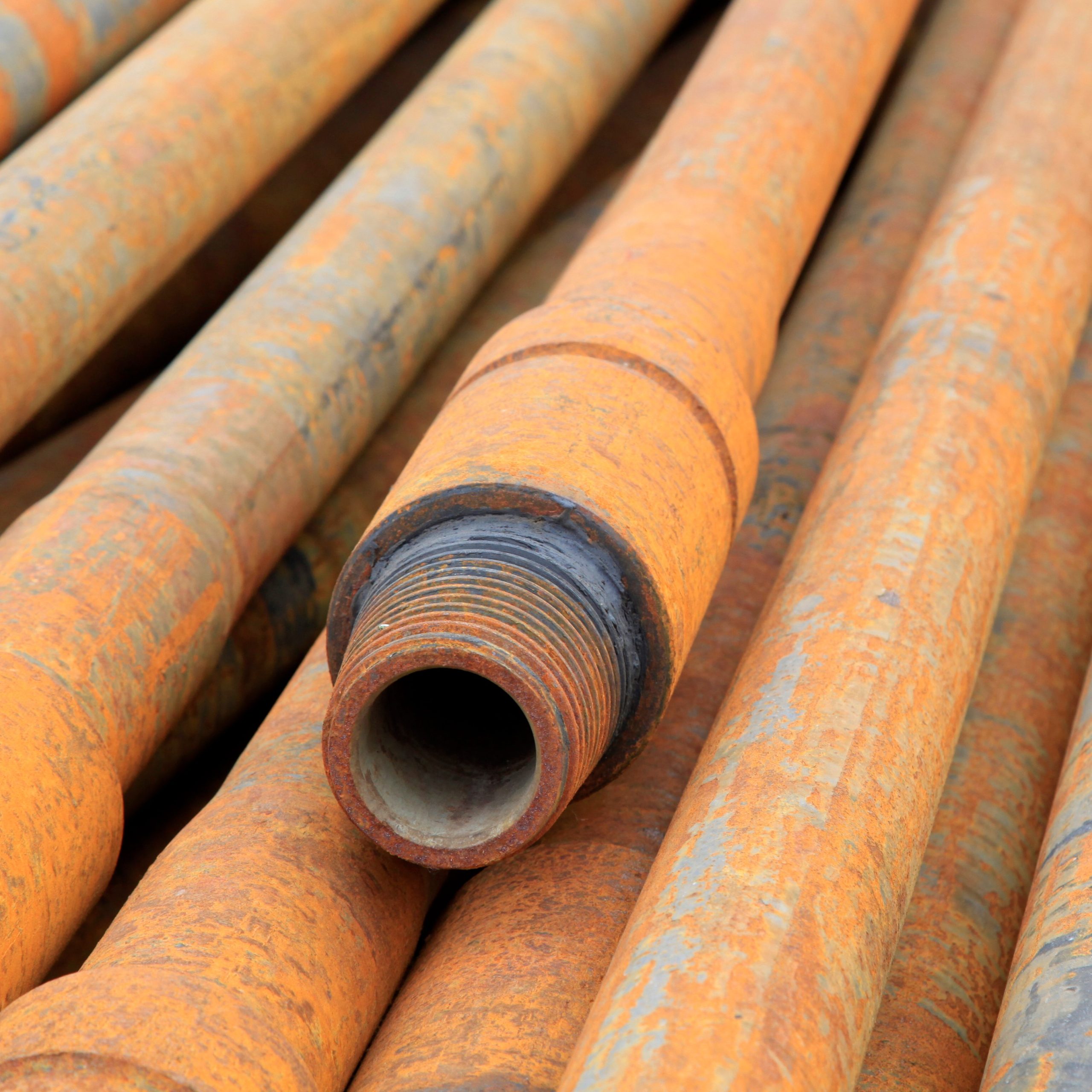
Corrosion can have a profound and lasting impact on the lifespan of your fire protection system, leading to increased maintenance costs and potentially compromising its ability to effectively suppress fires. The central question is, “how quickly does corrosion take to destroy my fire protection system?” There are many factors that affect the corrosion rate, and these can significantly influence your fire protection system’s effectiveness and longevity.
How Quickly Does Corrosion Take to Destroy My Fire Protection System?
In a fire sprinkler system, corrosion occurs when water, oxygen, and steel meet in the same spot, allowing deposits to form. Oxygen from the air dissolves into the water, and when combined with steel, it triggers a reaction that creates small pits in the pipe walls. Over time, these pits can develop into pinhole leaks or other failures. This process also generates iron oxide (rust), forming insoluble sludge that many system owners are familiar with.
Corrosion in fire sprinkler systems tends to be localized, typically affecting less than 20% of the piping. It mainly occurs at the air-water interface: in dry and pre-action systems, corrosion is found in low points where water gets trapped (mains), while in wet systems, it appears in high points where air becomes trapped (branch lines).
Preserving Your Fire Protection System
Regular inspections are the first line of defense in ensuring the longevity and efficiency of your fire protection system. Key indicators of corrosion include visible rust on metal components, rough surfaces, and a fire sprinkler leak. An unusual odor or taste in the water supply can also point to corroded fire sprinkler heads. By employing trained professionals to carry out regular inspections, you can detect these signs early and recommend appropriate remediation measures. Prompt action on corrosion issues can prevent extensive damage to your fire protection system and ensure its effectiveness when it’s most needed.
Implementing Corrosion Solutions – Nitrogen Inerting
Implementing proper water treatment, conducting regular maintenance, sections, and testing, and utilizing nitrogen inerting are essential to minimizing corrosion risks. For both wet and dry pipe systems, nitrogen inerting effectively reduces oxygen corrosion by replacing oxygen with high-purity nitrogen. Integrating these practices into your maintenance plan will help prolong the lifespan of your fire protection system and maintain its long-term performance.
The Choice Between Repair or Replace
Corrosion presents a critical challenge for fire protection systems, often requiring careful consideration between repair and replacement of affected components. Our findings show that conducting a corrosion analysis can reduce costs by approximately 75% compared to full system replacement. This analysis identifies specific areas of corrosion, allowing for targeted repairs and replacement of only the damaged piping. On average, nearly 80% of the original piping can be preserved, significantly lowering costs by focusing solely on the necessary replacements.
Enlightening Property Owners on Corrosion Prevention
At WSFP, we are dedicated to educating property owners on the importance of corrosion prevention in fire protection systems. We offer a range of resources, including articles and guides, to help you understand effective prevention strategies. With proactive education and training, you can enhance the reliability and longevity of your fire protection system. The key is not “if” corrosion will occur but “how soon”—and prevention is the solution.
Regular inspections for corrosion are essential to maintaining the performance and extending the lifespan of your fire sprinkler system. Corrosion can compromise system effectiveness, putting your property at risk. Our experts, in partnership with Engineered Corrosion Solutions, can assess your system, estimate its remaining lifespan, and provide targeted solutions such as nitrogen inerting, to mitigate corrosion. With teams positioned across the country, we offer comprehensive detection, repair, and restoration services. Don’t wait until corrosion becomes a critical issue—schedule an inspection today to safeguard your system.